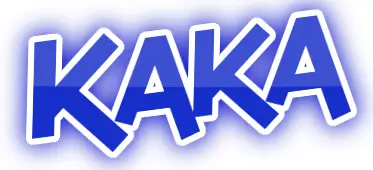“Illustrations learned and best practices” allude to bits of knowledge acquired from encounters and cycles that have demonstrated compelling in accomplishing specific objectives or targets. In different fields, including business, project the board, and manageability, recognizing examples learned and best practices is fundamental for persistent improvement and informed direction. This is the way examples learned and best practices are applied in various settings: 1. Business Management: In business the executives, examples learned and best practices include dissecting past triumphs and disappointments to distinguish procedures and approaches that have prompted positive results. This might incorporate concentrating on fruitful plans of action, market patterns, client criticism, and serious investigation to illuminate vital independent direction and work on authoritative execution. 2. Project Management: In project the board, examples learned and best practices are reported all through the venture lifecycle to catch experiences, recognize difficulties, and further develop project execution. Project supervisors direct post-project audits, partner meetings, and execution assessments to recognize regions for development and foster prescribed procedures for future tasks. 3. Maintainability and Natural Management: In manageability and ecological administration, examples learned and best practices include distinguishing techniques and drives that advance ecological preservation, asset proficiency, and feasible turn of events. This might incorporate breaking down contextual analyses, directing effect evaluations, and benchmarking against industry guidelines to distinguish compelling maintainability rehearses and illuminate strategy improvement and execution. 4. Risk Management: In risk the board, illustrations learned and best practices assist associations with distinguishing, survey, and alleviate gambles all the more really. By dissecting past occurrences, close to misses, and chance openings, associations can foster gamble the board techniques, alternate courses of action, and preventive measures to limit the probability and effect of future dangers. 5. Ceaseless Improvement: Illustrations learned and best practices are vital to the idea of constant improvement, where associations endeavor to upgrade effectiveness, quality, and execution after some time. By cultivating a culture of learning, development, and information sharing, associations can recognize valuable open doors for development, execute remedial activities, and drive positive change across the association. By and large, examples learned and best practices act as important devices for information move, hierarchical learning, and execution improvement. By utilizing bits of knowledge from previous encounters and embracing demonstrated methodologies and approaches, associations can upgrade their capacities, accomplish their goals, and adjust to changing conditions all the more actually.
